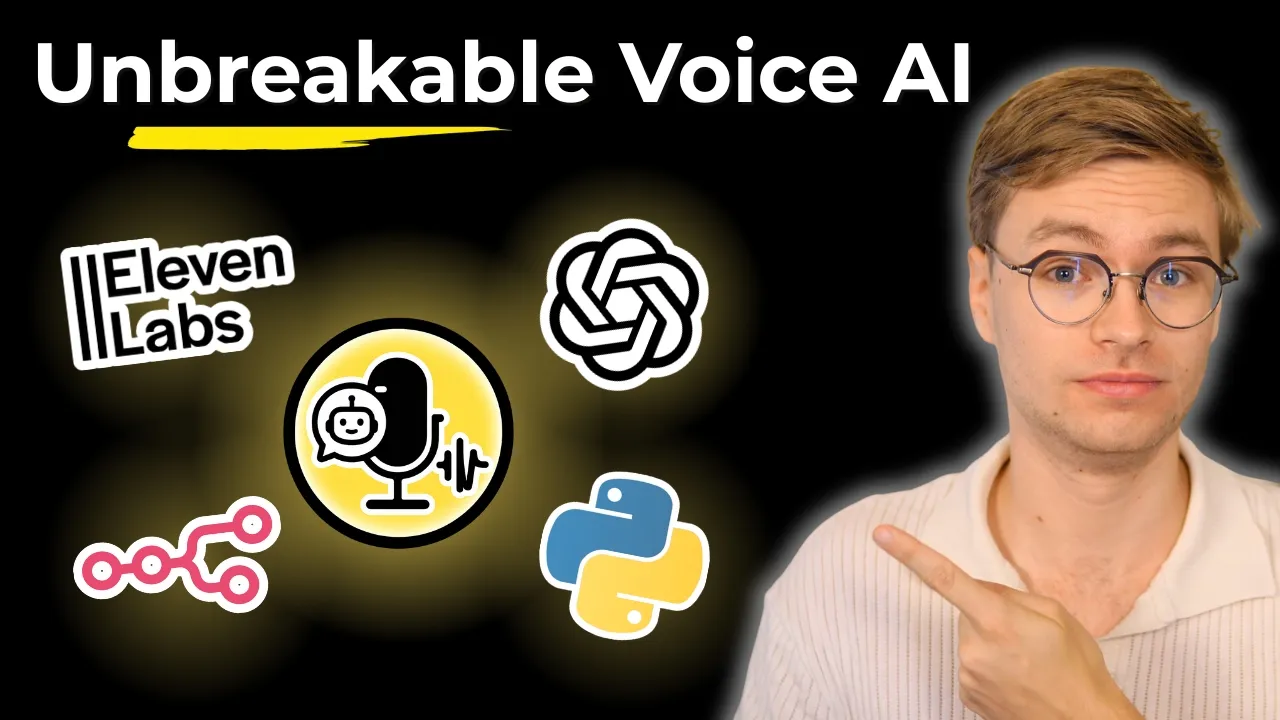AI Call Center Orchestration
Modern call centers run more than a single bot. They orchestrate speech recognition, reasoning models, tool APIs, and analytics in real time. Without coordination the experience breaks. In the video, the unsupervised agent ignored a frustrated caller because it lacked oversight. The same failure appears in multi-agent stacks when one component goes off mission. A moderator loop becomes the anchor that keeps the entire voice system aligned.
Orchestration Needs a Coach
When you stitch together STT, an LLM, knowledge retrieval, and TTS, latency and drift are always lurking. Each module optimizes for its own objective. The voice agent chases the latest transcript chunk, the planner forgets compliance, and the tools trigger out-of-order. That is how conversations stall or contradict themselves.
Pairing the conversation agent with a moderator that shares the master prompt adds real-time governance. In the demo, the moderator nudged the agent to acknowledge frustration and capture actionable feedback. Inside an orchestrated contact center, it monitors the full transcript, validates checklist completion, and issues commands to other agents or tools when the primary agent loses track.
Map the Orchestration Checklist
Treat orchestration as a pipeline with explicit checkpoints:
- Input validation: call intent detected, authentication confirmed, latency within budget
- Conversation state: checklist fields complete, sentiment tracked, escalation thresholds monitored
- Tool execution: function calls validated, side effects logged, retries managed
- Post-call wrap: analytics tagging, compliance archives, CRM updates triggered
Encode these checkpoints in the shared prompt so the moderator can guard every stage. When the agent forgets to signal CRM updates, the moderator instructs the orchestration layer to fire the correct webhook. This mirrors the systems thinking inside AI Agent Development Practical Guide for Engineers.
Keep Humans in the Loop Without Chaos
Even the best orchestration still needs human judgment. The moderator orchestrates those touchpoints by:
- Flagging calls that cross risk thresholds for supervisor barge-in
- Summarizing progress so humans understand the context instantly
- Handing back to automation once the human resolves exceptions
Those behaviors mirrored the demo’s cooperative tone and translate perfectly to a multi-agent call floor.
Instrument Everything for Optimization
Structured transcripts combined with orchestration logs let engineers improve allocation, latency, and cost. Analytics teams can compare model variants, operations can tune turn-taking policies, and QA can monitor every component for regression. Use AI Agent Evaluation Measurement Optimization Frameworks to build dashboards that track checklist completion, escalation rates, and orchestration health.
Deployment Blueprint
Pilot on a constrained flow such as password resets or order status updates. Instrument every stage, review moderator coaching logs, and collaborate with platform engineers to refine component handoffs. Once orchestration is stable, extend to higher complexity calls while keeping rollback plans ready. Maintain the playbook with AI Agent Documentation Maintenance Strategy so every agent and API wrapper stays in sync.
Next Steps
Watch the video walkthrough to see how the moderator packages checklist status, coaching, and suggested prompts. Then layer that supervision into your call center orchestration. Inside the AI Native Engineering Community we share architecture diagrams, orchestration runbooks, and deployment templates. Join us to build multi-agent voice systems that feel coordinated instead of chaotic.

